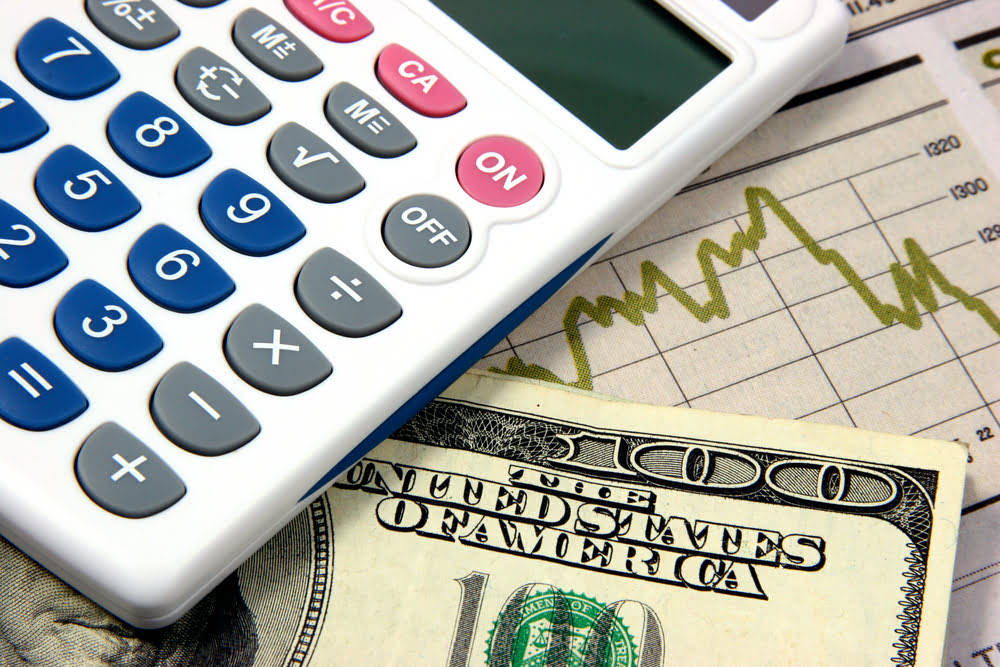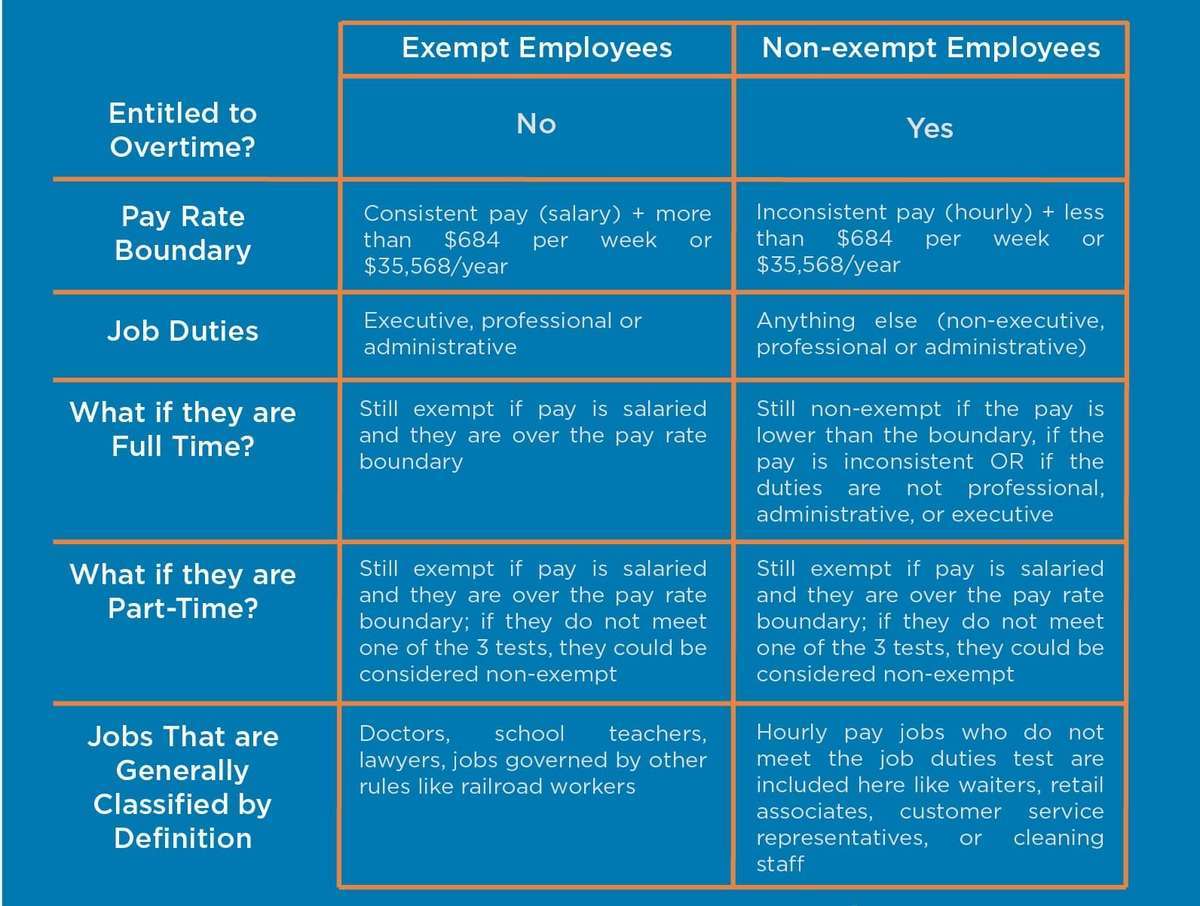Content

However, certain costs that you incur to make the land ready to use in your business, such as grading the lot or landscaping expenses, may be depreciable. The IRS considers inventory as non-depreciable, regardless of how long you may hold it before you sell it. For many entities, capital assets represent a significant investment of resources. As such, to make the most of your investment, these assets need to be actively accounted for and managed. Understanding an asset’s useful life and calculating depreciation are among the top two most important data points for fixed asset management. Depreciating assets over their useful life is not only beneficial to your organization but is required by GASB 34. This overview is intended to get you started on your way to understanding these topics and more.
- If the balances of fully depreciated capital assets that remain in use are material, the related estimated useful lives will be changed based on the above policy.
- The kinds of property that you can depreciate include machinery, equipment, buildings, vehicles, and furniture.
- Depreciable assets lose value, wear out, decay, get used up, or become obsolete as they are used in the business to generate income.
- Goodwill is an intangible asset that is created when one company purchases another entity.
- We depreciate assets to more accurately reflect an activity’s financial condition, to account for the loss in value over time and, specific to self-supporting units, to provide funding to replace the item at the end of its useful life.
IMPAIRMENT INDICATOR A common indicator of impairment for internally generated intangible assets is development stoppage, such as stoppage of development of computer software due to a change in the priorities of management. Internally generated intangible assets impaired from development stoppage will be reported at the lower of carrying value or fair value, assuming the stoppage was considered to be permanent . INFRASTRUCTURE Infrastructure assets are long-lived capital assets that normally are stationary in nature and normally can be preserved for a significantly greater number of years than most capital assets. Examples of infrastructure assets include utility systems, roads, bridges, tunnels, drainage systems, water and sewer systems, dams, and lighting systems. Land and land improvements must be capitalized separately from road system infrastructure. In determining the net income from an activity, the receipts from the activity must be reduced by appropriate costs.
You are reducing the value of the asset, therefore reducing the overall cost of the asset and accurately showing the true profit earned from the asset. You are starting a flower delivery business and need to purchase a delivery van. Before you go over to Al’s Vans and make a payment, there are a few things to consider from a business and accounting perspective.
If separate identification is not possible, the cost of replacements and betterments is treated as an increase in the book value of the Building, thereby increasing the basis for depreciation over the remaining life of the Building. If the replacement or betterment is designed primarily to enhance the quality of the service potential of the building, the cost is charged to the Building asset account. Land acquired through forfeiture should be capitalized at the total amount of all taxes, liens, and other claims surrendered, plus all other costs incidental to acquiring ownership and perfecting title. Assumption of liens, mortgages, or encumbrances on the property increases the purchase price and should be included in the original cost. A liability should be recognized for the amount of the lien, mortgage, or encumbrance assumed by the institution. IFRS require research costs be expensed but allow all development costs to be capitalised under certain conditions.
To View Full Details, Sign In With Your My Oracle Support Account
The cost of assets not currently consumed generally must be deferred and recovered over time, such as through depreciation. Some systems permit the full deduction of the cost, at least in part, in the year the assets are acquired. Other systems allow depreciation expense over some life using some depreciation method or percentage.

The cost and accumulated depreciation will continue to be reported on the balance sheet until the asset is no longer in use. A deteriorating roof on an existing building is replaced at a cost of $55,000. An old gymnasium is converted to a block of individual rooms at a cost of $500,000. This is considered a major renovation and would be a building capitalization.
How Do Depreciable Business Assets Work?
Were not included in a Facilities and Administrative (F&A) cost pool. If you do not know if the equipment is included in an F&A cost pool, contactCosting Policy & Analysis. This allowance is taken after any allowable Section 179 deduction and before any other depreciation is allowed.

The same accounting rules that apply to improvements to buildings also apply to improvements to infrastructure. Infrastructure items are normally depreciated over a useful life of 20 years. Section 2 describes and illustrates accounting for the acquisition of long-lived assets, with particular attention to the impact of capitalizing versus expensing expenditures.
United States rules require a mid-quarter convention for per property if more than 40% of the acquisitions for the year are in the final quarter. When an asset is sold, debit cash for the amount received and credit the asset account for its original cost. Under the composite method, no gain or loss is recognized on the sale of an asset. Theoretically, this makes sense because the gains and losses from assets sold before and after the composite life will average themselves out. Tangible fixed assetsof a business that can be seen and touched such as buildings, machinery, vehicles, and equipment. Road heavy maintenance and construction expenditures , as taken from the Act 51 Financial Reports, should be recorded as fixed assets by year. This number is to be split into categories, by percentage, using actual miles for each year or using actual data, if available.
This means that the asset is “ready and available for use.” The asset doesn’t have to be in use, but it can’t be sitting in an unopened box, either. For example, if the asset is a computer, it is “placed into service” once you set it up and turn it on to make sure it works. After you set it up, it’s placed in service, whether or not you regularly use it after setting it up. The furniture shop will only depreciate any furniture that is for long-term use and isn’t for sale (e.g., a desk in the manager’s office). Newer drawing tablets with better features are available in the market that are also more efficient and compatible with the latest technology. The current value of the outdated tablet should understandably be lower than that of the newer models.
A Theoretical Review On The Accounting Standards About Non
If the types of intangible assets reported by UNC Pembroke differ in nature and usage, then they will not be reported collectively as a single major class of capital assets (e.g., intangible assets). For example, the nature and usage of patents differs from that of right-of-way easements such that they should not be aggregated in the same major class of capital assets. These costs involve the substitution of old parts for new ones and increase the economic benefit to be derived from the asset. Donated buildings should be capitalized at the appraised fair market value at the time the building was donated. Capital Improvement Fund acquisitions are capitalized when all construction costs are paid.
- Cost of constructing new buildings, including material, labor, and overhead.
- Each month, credit the accumulated depreciation account on your balance sheet for $200 and debit your depreciation expense account on your income statement.
- Various businesses may have different guidelines when categorizing items as fixed assets.
- This document should include, at a minimum, the items being checked out, check out/check in date and a statement that the individual borrowing the equipment is responsible for damages or loss.
- During the re-evaluation an additional 10 years will be added to capital assets with a remaining estimated useful life of 5 years or less.
- Each department is also susceptible to internal and external audit verifications on a sample of fixed assets.
Canada’s Capital Cost Allowance are fixed percentages of assets within a class or type of asset. The fixed percentage is multiplied by the tax basis of assets in service to determine the capital allowance deduction. depreciable assets The tax law or regulations of the country specifies these percentages. Capital allowance calculations may be based on the total set of assets, on sets or pools by year or pools by classes of assets…
How To Determine The Depreciation Rate
Calculate land improvement cost percentage from 1999 or 2000 projects using actual data. Apply this percentage to construction and heavy maintenance expenditures listed in 1980 to present Act 51 Financial Report data and record as fixed assets by year. From the current year forward, use actual expenditures for land improvements on construction and heavy maintenance projects. All depreciated road fixed assets are to be removed from the fixed asset group and depreciation group at the time the individually recorded fixed asset item has been fully depreciated.
Buti pa ang LAND, appreciated. ?#NonDepreciableAssets
— Law School Buddy (@lawschool_buddy) December 9, 2021
Suppose the truck sells for $7,000 when its net book value is $10,000, resulting in a loss of $3,000. The sale is recorded by debiting accumulated depreciation‐vehicles for $80,000, debiting cash for $7,000, debiting loss on sale of vehicles for $3,000, and crediting vehicles for $90,000. We initiated this rulemaking to develop standardized guidelines for the allocation of the gains from sales of utility assets.
Nonexpendable Personal Property
It helps a business to match the costs of the assets to their resulting revenues. Universities that acquire a site license to install software on multiple computers (e.g., Microsoft Office) should apply the capitalization threshold on a per unit basis (i.e., cost of the site license divided by the number of authorized users). The capitalization threshold for internally generated computer software should not be applied on a per unit basis. A tag number identifies items recorded in the Banner Fixed Assets System. The tag number is used to facilitate the physical inventory process.

Given their low cost, it is not cost-effective to maintain them in the accounting records as assets. Revenues include all revenues of the primary government’s governmental and enterprise funds, except for extraordinary items. If a primary government chooses early implementation, all of its component units also should implement this standard early to provide the financial information required for the government-wide financial statements. Accepted accounting guidelines state that, whenever possible, expenses should be reported during the same accounting period in which revenue was earned. Depreciation allows a company to deduct costs, but not at all once.
What Can Be Depreciated In Business? Depreciation Decoded
The depreciated tangible property includes buildings, office equipment, vehicles, general business equipment, machinery, furniture, and the intangible property includes patents, copyrights, and computer software. Methods of computing depreciation, and the periods over which assets are depreciated, may vary between asset types within the same business and may vary for tax purposes. These may be specified by law or accounting standards, which may vary by country. There are several standard methods of computing depreciation expense, including fixed percentage, straight line, and declining balance methods. Depreciation expense generally begins when the asset is placed in service.
Capital Senior Living Corporation Announces Third Quarter 2021 Results – Business Wire
Capital Senior Living Corporation Announces Third Quarter 2021 Results.
Posted: Wed, 10 Nov 2021 08:00:00 GMT [source]
By logging depreciation expense, we can show this offset to the original expense. The expected value of depreciable assets towards the end of their useful lives is lower than their original cost to the business. Therefore, there is no cost to the company for owning the land over time like there would be for other fixed assets like the vehicle described above. Current assets, such as accounts receivable and inventory, are not depreciated. Instead, they are assumed to be converted to cash within a short period of time, typically within one year. Another factor to consider is that large asset purchases are often financed with borrowed capital.
Annual Financial Reporting
Other examples of non-depreciable assets in agriculture include things like grazing permits and water rights. Purchase of land for roadway or right-of-way will be set up in a separate fixed asset account, by year, which will not be depreciated. Any purchase of land or right-of-way, prior to 1980, for which the road commission has documentation of purchase price should be included. Retroactive capitalization means that major infrastructure assets on hand at the date of implementation of GASB Statement No. 34 must be inventoried, recorded as capital assets in the accounts, and reported in the statement of net assets. Prospective capitalization of general infrastructure assets means that from the GASB Statement No. 34 implementation date forward, all such assets must be capitalized in the accounts and reported in the statement of net assets.
To check for depreciation, look at the income statement, which details a business’ revenues and expenses. Comparing the fixed items in the balance sheet and the depreciated items in the income statement helps determine which fixed assets are depreciable.
- It was hard to decipher what we could and could not do, and the poor instruction manual didn’t help.
- For the decrease in value of a currency, see Currency depreciation.
- Unlike the revaluation model, under the fair value model, all changes in the fair value of investment property affect net income.
- Fixed assets are not necessarily affixed to anything, nor are they necessarily tangible.
- It does not extend the life of the asset longer than originally intended, so the costs are expensed.
- For example, an old vehicle and a negotiated amount of cash may be exchanged for a new vehicle.
- Net Identifiable Assets consist of assets acquired from a company whose value can be measured, used in M&A for Goodwill and Purchase Price Allocation.
The total value of PP&E is equal to the total value of property, plant, and equipment recorded on the balance sheet less accumulated depreciation. Accumulated depreciation is the total depreciation expense charged to an asset since it was put into use. Investments in PP&E show there is potential future growth and a positive outlook for the company.
Depreciation Definition – Accounting – Investopedia
Depreciation Definition – Accounting.
Posted: Sat, 25 Mar 2017 20:13:41 GMT [source]
That process’ useful life is greater than one year, and despite it being intangible, it would still qualify as a fixed asset. Likewise, a portable piece of equipment used by a construction company would be a fixed asset, even though it is not technically affixed to any structure. Property, plant, and equipment (PP&E) are depreciable assets, as are certain intangible property such as patents, copyrights, and computer software.
Are fixed assets depreciable assets?
Because fixed assets have a useful life of more than one reporting period (again, generally defined as one year), the company must account for the cost of purchasing the fixed asset over its useful life. … Any fixed asset that is subject to depreciation or amortization is considered a depreciable asset.
In addition, this gain above the depreciated value would be recognized as ordinary income by the tax office. If the sales price is ever less than the book value, the resulting capital loss is tax-deductible. If the sale price were ever more than the original book value, then the gain above the original book value is recognized as a capital gain. In this lesson, we will discuss non-current depreciable assets, how to purchase them, and how to enter the purchase in the general journal. Examples are provided to show how to assess the cost and the bookkeeping for the purchase of non-current assets. Depreciable assets for self-supporting activities are tracked separately from non-depreciable assets by recording them in their ownAsset Custodial Code.
Buti pa ang LAND, appreciated. ?#NonDepreciableAssets
— Law School Buddy (@lawschool_buddy) December 9, 2021
The depreciation methods used to calculate the depreciation amounts for indirect (F&A) rate purposes must be the same methods used by the non-Federal entity for its financial statements. RETROVACTIVE REPORTING Retroactive reporting is required for intangible assets, except as follows.
Is Goodwill a fixed asset?
Goodwill is calculated and categorized as a fixed asset in the balance sheets of a business.
Adam received his master’s in economics from The New School for Social Research and his Ph.D. from the University of Wisconsin-Madison in sociology. He is a CFA charterholder as well as holding FINRA Series 7 & 63 licenses. He currently researches and teaches at the Hebrew University in Jerusalem.

Comments are closed.